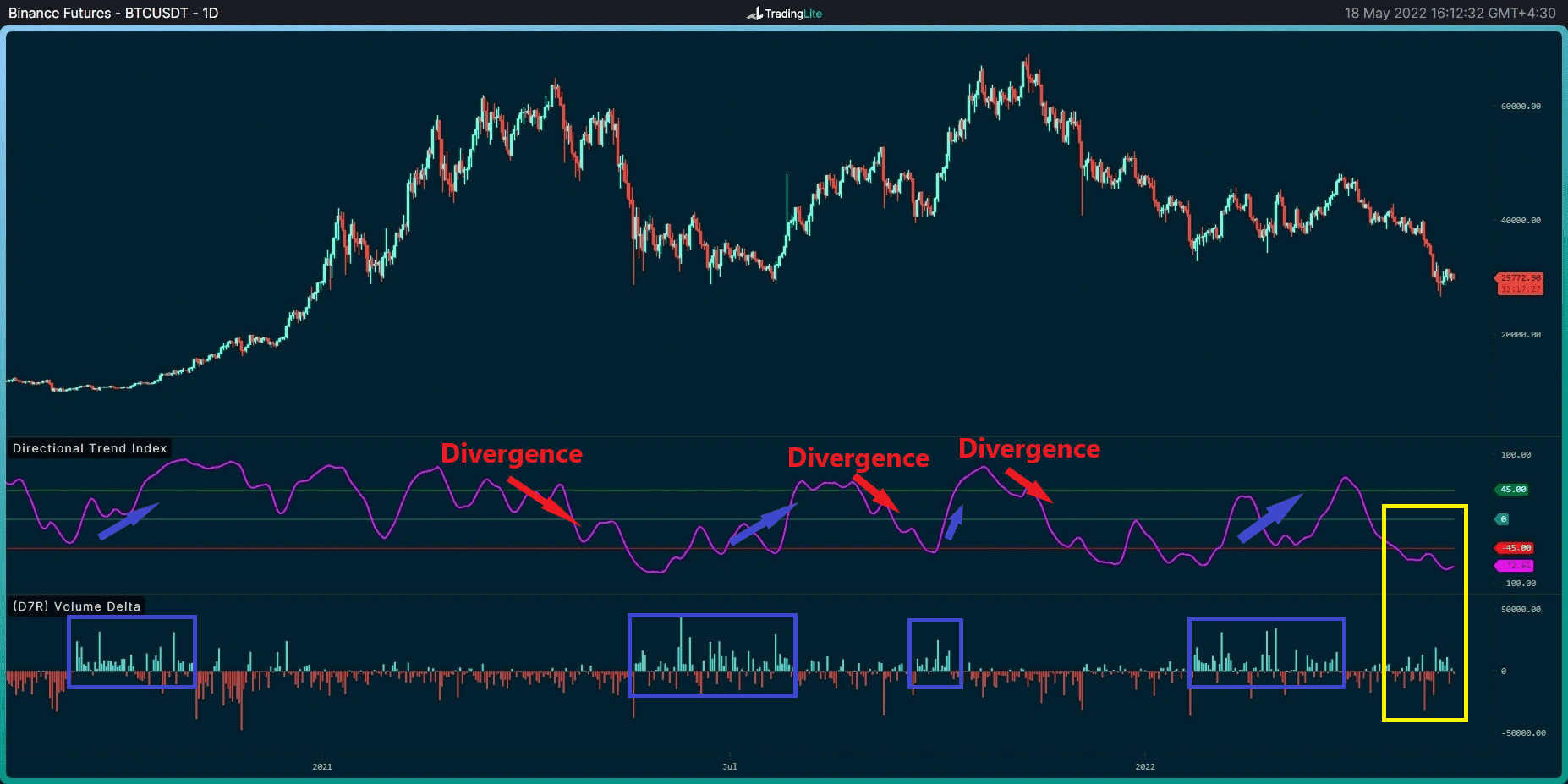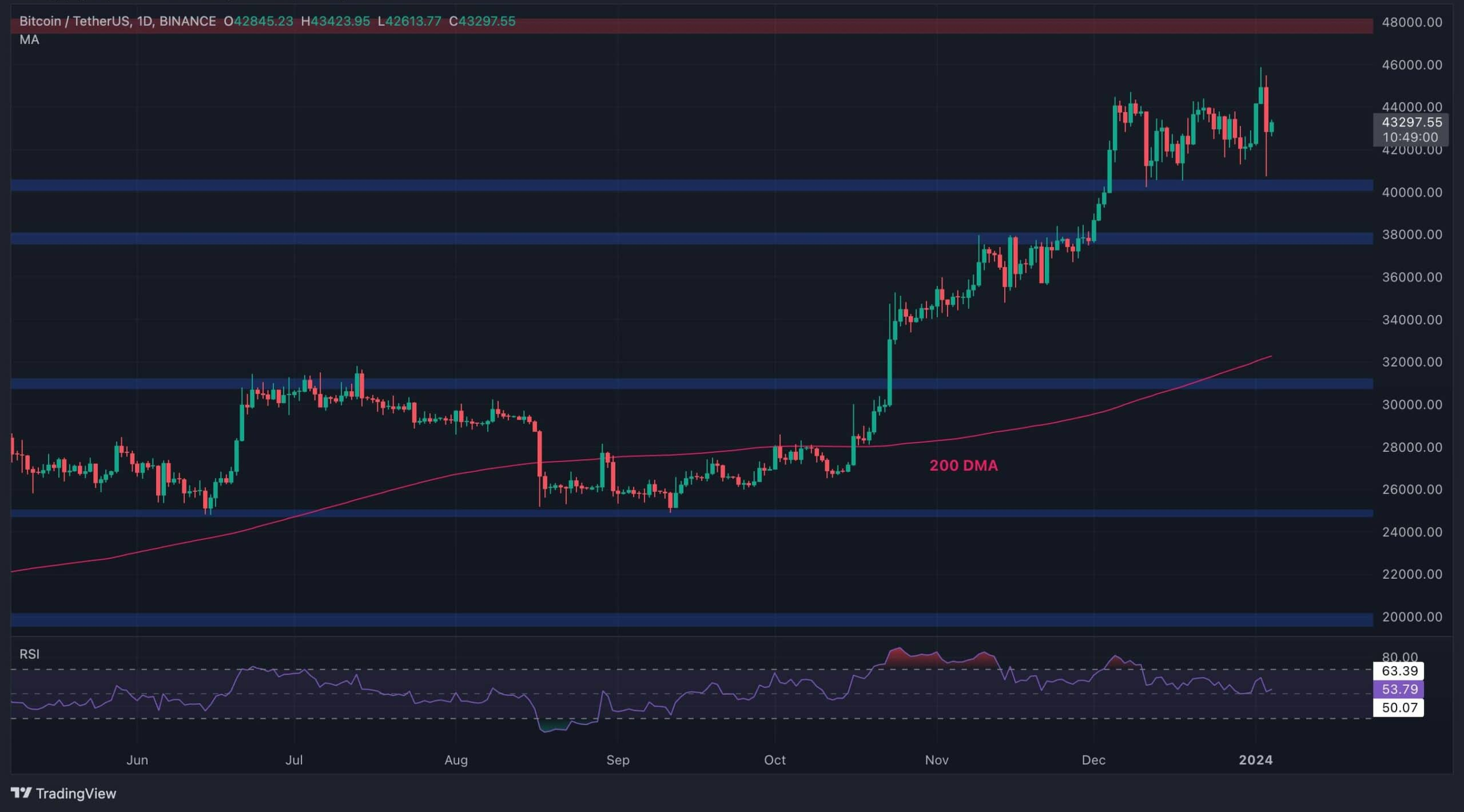
In the ever-evolving world of cryptocurrency, the term “fork” often arises in discussions regarding blockchain upgrades, network changes, or disagreements within a blockchain’s community. A fork in the context of cryptocurrencies refers to a change in the underlying protocol of a blockchain network, which can lead to the creation of two separate paths or versions of the blockchain. These forks can be broadly categorized into hard forks and soft forks, each with its own unique implications for the blockchain’s functionality, security, and community consensus.
This post will explore the differences between hard forks and soft forks, their significance, and how each affects the underlying blockchain networks. By understanding these concepts, users, developers, and investors can better navigate the cryptocurrency ecosystem and anticipate potential network upgrades or disruptions.
What Is a Blockchain Fork?
A blockchain fork occurs when a blockchain’s protocol is altered, creating two versions of the chain from a specific block. These changes can arise from protocol upgrades, disagreements among developers or miners, or the introduction of new features that require the blockchain to operate differently. Forks can occur in both public and private blockchains, but they are most commonly discussed within the context of cryptocurrencies like Bitcoin, Ethereum, and other decentralized networks.
Forks essentially split the blockchain into two separate paths, which may either coexist or lead to a permanent divergence. The impact of a fork largely depends on whether it is a hard fork or soft fork.
What Is a Hard Fork?
A hard fork is a significant and often irreversible change to the blockchain protocol that is not backward-compatible with previous versions. This means that all nodes in the network must update their software in order to continue participating in the network. If some nodes refuse to update, they will no longer be able to recognize or validate transactions from the updated version of the blockchain. As a result, a hard fork can create two separate chains with different rules, each operating independently.
Characteristics of a Hard Fork:
- Incompatibility: Hard forks are not backward-compatible, meaning that any node running an older version of the software will no longer be able to validate blocks or transactions in the new version of the chain.
- New Cryptocurrency: In many cases, hard forks result in the creation of a new cryptocurrency. For example, the Bitcoin Cash (BCH) hard fork from Bitcoin (BTC) in 2017 resulted in the creation of a new blockchain with a different block size limit.
- Permanent Split: Once a hard fork occurs, the two chains (the original and the forked) operate independently and can evolve in different directions over time.
- Controversial Nature: Hard forks often arise from disagreements within a cryptocurrency’s community. These disagreements can be related to governance, scalability, or ideological differences over the future direction of the blockchain.
Notable Examples of Hard Forks:
- Bitcoin Cash (BCH): In 2017, Bitcoin underwent a hard fork that resulted in Bitcoin Cash. The main point of contention was the scalability issue, with Bitcoin proponents favoring the implementation of SegWit (Segregated Witness) and Bitcoin Cash supporters opting for larger block sizes to increase transaction throughput.
- Ethereum and Ethereum Classic: After the DAO hack in 2016, the Ethereum community faced a hard fork to reverse the damage caused by the hack. The decision was highly controversial, with one group of users supporting the fork and others, known as the Ethereum Classic community, maintaining the original chain.
What Is a Soft Fork?
A soft fork is a less drastic type of fork that is backward-compatible with previous versions of the blockchain protocol. In a soft fork, the new rules introduced by the upgrade are restrictive rather than adding new features, meaning that old nodes (nodes running the previous version of the blockchain protocol) can still validate transactions and blocks. However, nodes running the upgraded version of the blockchain will enforce additional rules that old nodes may not recognize.
Characteristics of a Soft Fork:
- Backward Compatibility: Soft forks are compatible with older versions of the blockchain software. This means that nodes running an earlier version of the software will still be able to recognize and validate the blocks created under the new rules.
- Minor Changes: Soft forks usually involve less disruptive changes to the blockchain. They may include security enhancements, efficiency improvements, or minor updates to the consensus mechanism.
- No New Cryptocurrency: Unlike hard forks, soft forks do not create a new cryptocurrency. The original chain remains intact, and the network continues to operate as a unified entity.
- Soft Fork Activation: Soft forks are typically activated through a process known as BIP (Bitcoin Improvement Proposal) or similar protocols in other blockchain networks, with the majority of miners or validators signaling their support for the change.
Notable Examples of Soft Forks:
- SegWit (Bitcoin): In 2017, Bitcoin implemented the SegWit upgrade as a soft fork. SegWit introduced a new method of storing transaction data, which allowed for greater scalability by freeing up space in Bitcoin blocks. This soft fork did not require all nodes to upgrade, but it was a critical improvement for Bitcoin’s scalability.
- Ethereum’s EIP-1559: Ethereum’s EIP-1559 upgrade, implemented in 2021, was a soft fork that restructured how transaction fees were calculated and introduced the concept of fee burning. Although it altered Ethereum’s transaction fee structure, it did not result in a hard split of the chain.
Key Differences Between Hard Fork and Soft Fork
| Aspect | Hard Fork | Soft Fork |
|---|---|---|
| Compatibility | Not backward-compatible | Backward-compatible |
| Impact | Can create two separate chains | The chain remains unified |
| Network Upgrade | Requires all nodes to upgrade or risk being left behind | Older nodes can continue to participate |
| New Cryptocurrency | Can lead to the creation of a new cryptocurrency | Does not create a new cryptocurrency |
| Community Consensus | Often results from significant disagreements | Usually implemented with broad community support |
Why Do Forks Happen?
Forks are often triggered by the need for improvements or changes in the blockchain network. The main reasons for forks include:
- Scalability Issues: Blockchains may need forks to accommodate growing transaction volumes, such as increasing block size limits or changing consensus rules.
- Security Enhancements: Forks can implement new security protocols to protect the network from potential attacks or vulnerabilities.
- Disagreements Within the Community: Community disagreements over the future direction of the blockchain often lead to forks, especially when different factions believe in conflicting approaches to solving the network’s issues.
Both hard forks and soft forks play a vital role in the evolution of blockchain networks. Hard forks are more disruptive but may be necessary for radical changes or when the community is divided over protocol decisions. Soft forks, on the other hand, allow for gradual upgrades and improvements while maintaining compatibility with existing nodes. Whether you are an investor, developer, or user, knowing how forks work can help you make more informed decisions about your involvement in the blockchain and cryptocurrency space.



